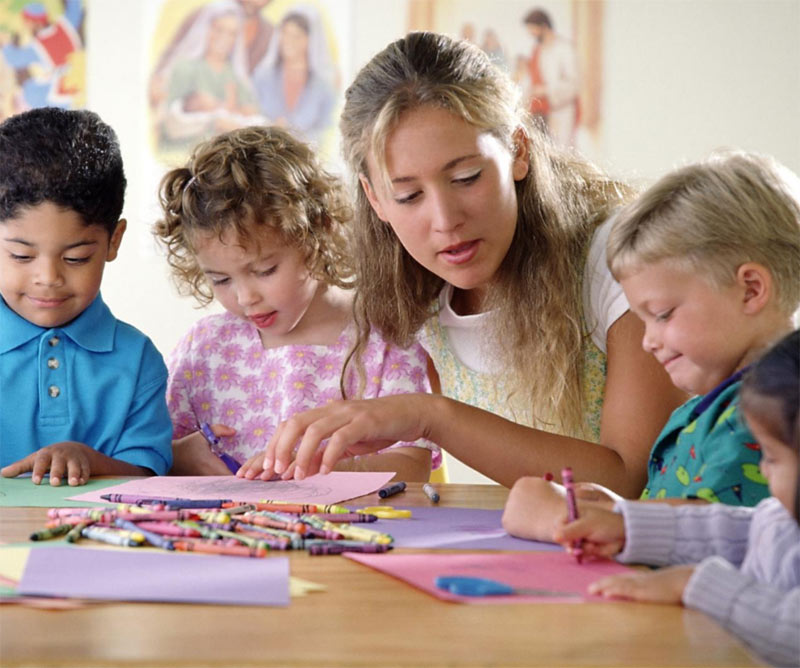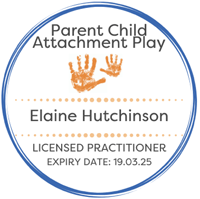Although play therapy is often a 1:1 experience, with the client working solely with the therapist, there are times, when as play therapists, we provide group therapy.
What is group play therapy and how does it work?
Group play therapy blends the best of both group therapy and play therapy together. This creates a therapy that is centred on therapeutic relationships but is also creative and dynamic – responding to the needs of individual clients within the group and the group needs a whole. I carefully use the word ‘client’ here, not ‘child’ because group therapy works effectively with all age groups, from children and adolescents to adults.
In group play therapy, although the therapist directs the group process, often with structured activities around themes to suit the needs of the group, they also both witness the group experience and travel with the group as part of their journey through therapy.
As with individual play therapy it is therapist who provides the resources and the space and time for safe therapeutic relationships to develop both with the therapist, and in this case, with other members of the group. Within the safe group environment each client can fully explore and express their feelings, thoughts, behaviours and experiences through play.
Individual play therapy is generally non-directive, but with group play therapy activities are more structured and the relevant materials are carefully selected by the play therapist.
What are the advantages of group play therapy?
There are many advantages of group play therapy, these include:
- Clients find out that their peers have similar problems too and this revelation can lead to them feeling less alone and isolated.
- As the group identity develops a sense of belonging to the group becomes established, again reducing feelings of loneliness and isolation.
- The group allows each individual client to develop interpersonal skills and have ‘real-life’ experience of trying out how to relate to others in the group through trial and error experiences.
- The group becomes a mini version of the client’s real world and is a safer space to try things out and practice responses or behaviours with the support of a therapist and the group.
- The group setting allows clients to get immediate feedback (positive or negative) from their peers in the group and allows them to learn vicariously from watching others interact within the group.
- The group allows clients to successfully help each other, which can boost individual self-esteem and a willingness to take risks and try new things.
- Individual clients can also gain self-esteem from seeing that others can respect them for who they are, not what they say or do.
- Individual clients also get the opportunity to see how others react in situations and learn about themselves, deciding what ‘is me’ and what ‘is not me’.
- Group therapy can be a great way of introducing a client to therapy, or to ‘step-down’ the level of intervention from 1:1 therapy as a way of continuing support but in a less intensive way.
For schools, group therapy can be a cost-effective way of supporting students who need more support than can be provided by school staff, but who don’t need more intensive 1:1 therapy. The caveat to this is that the group selected needs to be carefully thought out, so it works in terms of age, gender balance, severity of difficulties and other background factors.
Popular Play Therapy group focuses
Some key reasons for group play therapy include:
- Accepting a new sibling in the family
- Adjusting after relocation
- Becoming a blended family
- Coping with bereavement or loss
- Dealing with divorce or parental separation
- Family trauma e.g. a parent or significant adult being ill or being removed from the family
- Having parents who are in the armed forces
- Improving peer relationships
- Managing anxiety
- Shared mental health concerns
- Shared trauma experiences
- Supporting post-traumatic stress
- Witnessing domestic violence and abuse
If you have any questions, please feel free to drop me an email:






